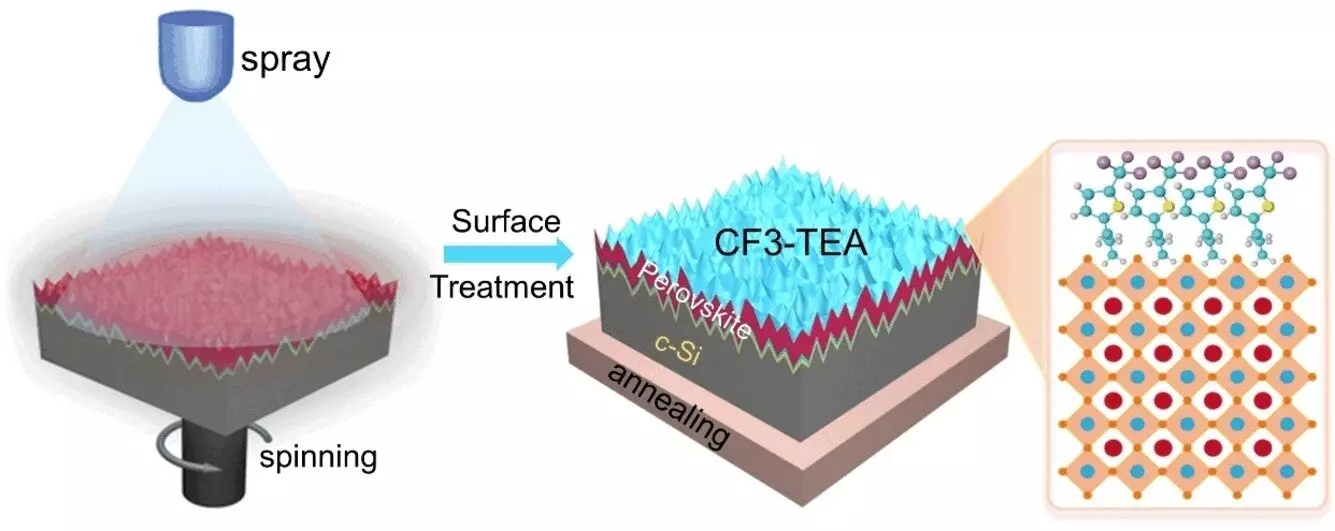The development of a coating for solar cells using special organic molecules has the potential to revolutionize the solar panel industry. This coating has been shown to increase the efficiency of monolithic tandem cells made of silicon and perovskite while also reducing costs. The use of industrial, microstructured, standard silicon wafers in the production process contributes to the affordability of these advanced solar panels.
Understanding Tandem Cells
Tandem cells play a crucial role in the enhancement of solar cell efficiency by better utilizing the entire spectrum of sunlight. By combining two different semiconductors that absorb different wavelengths of light, tandem cells are able to achieve higher efficiency levels. The primary combination for this technology involves silicon, which absorbs red and near-infrared light, and perovskite, which efficiently utilizes visible light.
Innovative research led by a team at Nanchang University, Suzhou Maxwell Technologies, and several other institutions has resulted in a breakthrough surface passivation strategy for tandem cells. The application of a thiophenethylammonium compound with a trifluoromethyl group (CF3-TEA) using a dynamic spray coating process has proven to be highly effective in smoothing out surface defects of the perovskite layer.
The CF3-TEA coating not only suppresses nonradiative recombination but also adjusts electronic levels to facilitate the transfer of electrons within the solar cell. This surface modification allows for the achievement of nearly 31% efficiency in perovskite/silicon tandem solar cells while maintaining long-term stability. The uniform coat formed by the CF3-TEA coating on microtextured surfaces further enhances the performance of the solar panels.
The groundbreaking research on coating solar cells with special organic molecules has wide-ranging implications for the solar industry. The ability to increase efficiency, lower costs, and improve long-term stability opens up new possibilities for the widespread adoption of solar panels as a renewable energy source. As technology continues to advance, innovations like this coating process will play a critical role in shaping the future of solar energy production.


Leave a Reply